Unlocking the mysteries of Machu Picchu in Peru
What was this place, occupied by the Incan Empire, from about the early 1400s to the mid-1500s?
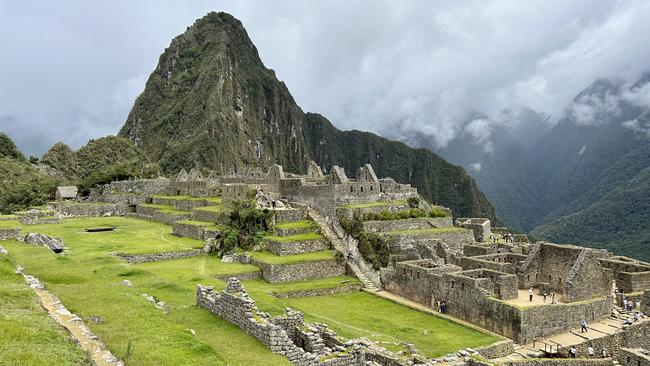
As you climb the ancient trail of the Incas and catch glimpses of Machu Picchu, situated on a mountaintop in the Sacred Valley of Peru, you begin to prepare yourself for what lies ahead as it slowly comes into full view. You increase the pace on the winding path even as the air density decreases and each step sucks the air out of you as you reach almost 2500m above sea-level. But suddenly, there it is: a place almost beyond imagination.
You have seen pictures of it many times before yet it is a marvel to behold with your own eyes. The instinct is to immediately take photos and position yourself in the frame to prove you were actually there. But it pays off to pause for a moment and take it all in. The mountaintops around Machu Picchu pierce the clouds, which hover above the site. Your gaze is drawn to the details: homes, temples, agricultural lands, public spaces, fortresses.
It is the so-called lost city of the Incas, never discovered, ruined and sacked by Spanish Conquistadors, like so many other sites across South America. Machu Picchu was rediscovered by Yale University archaeologist Hiram Bingham in July 1911. His black and white photographs of the crumbling stone construction, spilling over the mountain and choked by grass and trees, were a global sensation.
Today, Machu Picchu attracts about 1.5 million visitors each year eager to unlock its eternal mysteries.
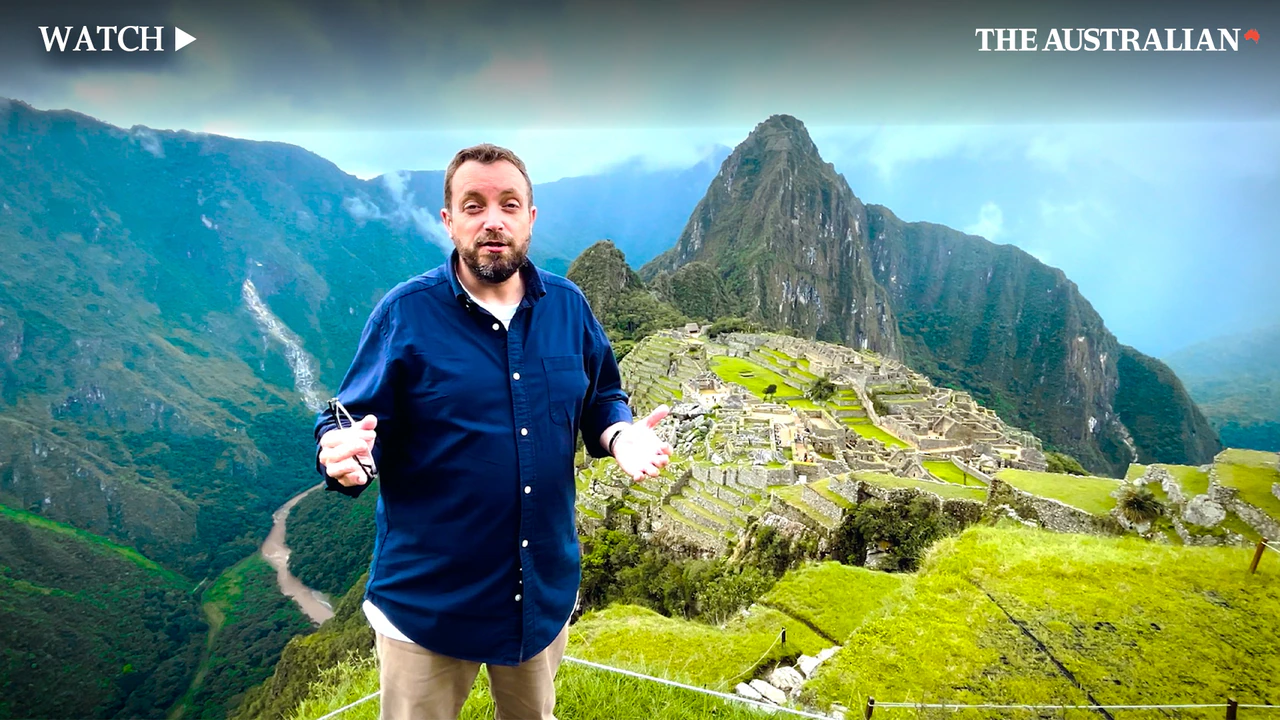
So what was this place, occupied by the Incan Empire, from about the early 1400s to the mid-1500s? Bingham thought it was infused with spiritual and religious significance, dominated by women. He excavated bones and objects back to Yale and wrote about his discovery and his theory in National Geographic. Others speculated it was a military citadel. Perhaps a place of higher learning, where future leaders were trained, like a university? Or a kind of royal retreat for the upper echelons of Incan society? Perhaps a self-sustaining agrarian community, growing crops, and breeding llamas and alpacas?
On the first day at Machu Picchu, we gazed from above at the site below to enable a sense of scale before taking another circuit on the second day that took us inside. Several features stood out. It is set on top of several fault lines. A quarry over the back of one side of the mountain provided the rocks and stones for construction, hauled up on rolling logs and ropes. They were broken and carved with primitive tools (wooden mallets and other rocks) and put into place via an interlinking system that enabled it to absorb any seismic tension. Often a series of holes were made in the rocks and wet wooden sticks placed inside so when they dried and expanded, the rock split.
A series of ingenious Roman-style aqueducts snake around the site, transporting fresh water from one location to another, either in open trenches or between rock structures or beneath the earth. The cascading settlement of houses or agricultural lands were built on different layers and types of soil, sediment and gravel. This enabled the site to be drained after a deluge of rain without them collapsing in on each other and falling off the mountain. This style of Inca planning and engineering is not unique to Machu Picchu; it can be found at other archaeological sites inhabited by the lost civilisation more than 500 years ago.
One of the most extraordinary aspects of Machu Picchu is the advanced agricultural techniques employed. The Incas cultivated a large number of crops, including corn, potatoes, pumpkins, avocados, chillies and peanuts. They understood that not all of these crops would yield results in the same climate. So the sloping series of farming lands, stretching hundreds of metres from top to bottom, enabled the different climatic conditions favourable to growing different types of produce. There is also evidence of genetic modifications of crops to suit their environment.
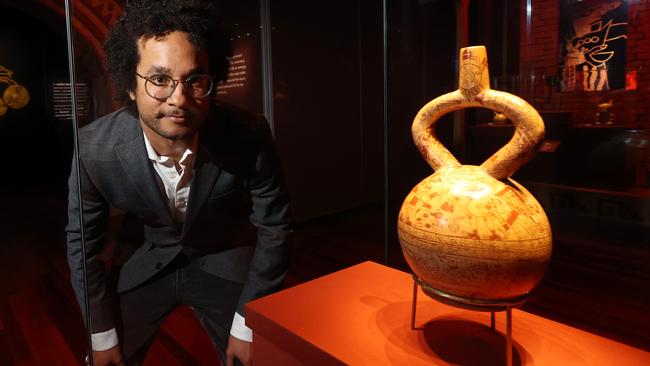
If you arrive via the Inca Trail at the Sun Gate, the rising morning sun will illuminate Machu Picchu. As you walk through the main gate entrance to the site, the peak of Huayna Picchu is perfectly framed in the distance. Next to a temple is a small rock carved into the points of the Southern Cross constellation. A large stone sundial further underscores how the Incas used the sun, moon and stars for rituals and for guidance through the seasons. The Temple of the Sun was used for spiritual and astronomical purposes, including providing offerings to the sun god. The Temple of the Condor uses natural rock formations as the basis of a tribute to the ancient vulture.
The Australian Museum’s latest blockbuster exhibition – Machu Picchu and the Golden Empires of Peru – provides a window into this lost world of the Incas and the civilisations that came before, including the Chimu and Moche. There are 134 artefacts showcasing 3000 years of history. There are ceramic spout bottles and pitchers depicting snakes and birds and jaguars; ceremonial and ritualistic objects used for special occasions made of gold filled with gemstones; and erotic ceramic vessels and pots that represent sexual and agricultural fertility, worship and sacrifice. There is a focus on the Moche legend of Ai Apaec, with burial masks and stirrup-spout bottles in his image. And items used in ritual combat and human sacrifice, including a silver warrior’s helmet, gilded copper shirt, mosaic ear flares, and silver ceremonial knife and cup. The gold imperial burial regalia, headdress and crowns are stunning. One of the most intriguing objects is an Incan quipu made of animal fibres which was tied around the waist with knotted strings that acted as a kind of database to record information such as food harvested, eaten and stored.
Many of the remarkable objects on display in Sydney come from the privately owned Museo Larco in Lima. Ulla Holmquist, director of the museum established by Rafael Larco Hoyle in 1926, explains that the Incan civilisation is only one part of an ancient Peruvian economy, culture, society and people but there are many common threads that link thousands of years. “We wanted to have an exhibition that could flow through the different ancient cultures of Peru without getting lost in the differences, but basically going through them to find which were most of the common notions or ways of understanding life in our territory,” she tells Review.
Holmquist explains that Incans believed in a terrestrial existence, human and non-human, alive and dead, and harnessed the forces of this world, the world above (sun, moon and stars) and the underworld (the dead and the earthly source of agriculture and water). Finding the right balance is essential for equilibrium. A characteristic of most Peruvian civilisations is how their spirituality relates to the agricultural calendar, and is reflected in their artistry through the use of ceramics, weaving, copper, gold and silver. “The key difference, I would say, is how they were politically organised. If we are talking about just small communities, they were related one to another by kinship. Or if we are talking about the emergence of a more centralised authority, that was provided by congregating people around a main temple (or) the cohesive force, not necessarily control, through conquests.”
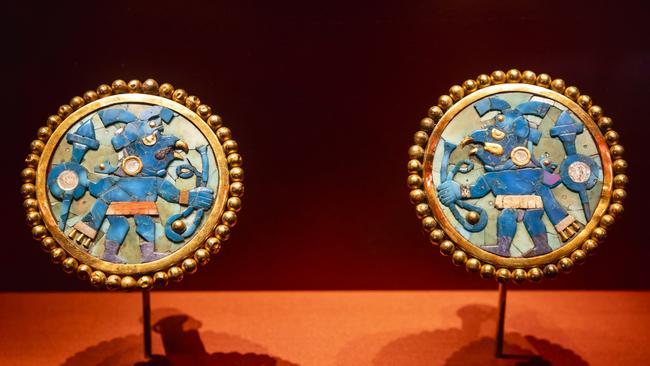
Some of the more striking objects in the Australian Museum exhibition are the representations of fertility and sexuality. “We know that this sexual interaction had also to do with the way they understood their nature,” Holmquist notes. “So, it’s like a goddess earth and a god mountain. They were, you know, in this sexual intercourse because the water falls from the mountain and the earth receives, but they are represented as two persons because their view of nature was sociomorphic. So, now we try to understand this in relation to their own ontology. That has been a great change because that really helps us understand a lot of other things. They represent animals but it was not a photo of the animal. That animal was the force that related to this season because this animal has their offspring at this moment of the year.”
Before arriving in Machu Picchu, which you can only do via scenic Peru Rail unless taking the Inca Trail, Adventure World provided a bespoke itinerary that traversed the highlands and lowlands, and the coast, and included Huaca Pucllana, an archaeological site in Lima that dates from about 200-700 AD; a flyover of the Nazca Lines – carved animals, plants and figures between 500BC and 500AD only visible from above – followed by a dune buggy ride and sunset drinks in the Paracas Desert; a boat tour of the Ballestas Islands marine reserve; and the magnificent Inka fortress and farm at Ollantaytambo, 3500m above sea level. Along the way, we stayed in the highly recommended Hotel Paracas and Palacio Del Inka Luxury Collection Hotels and also the Inkaterra Hacienda Urumbamba and Inkaterra Machu Picchu Pueblo Hotel.
At Machu Picchu, our Adventure World guide Liset Aragon navigated the site with expertise and knowledge. She explained that when Bingham took news of his discovery to the world, he thought it was “a kind of monastery”.
But as the site was further excavated and more research was undertaken, new views emerged.
“Some important scholars believe that Machu Picchu was more as a kind of resort for Pachacuti (1438-71) who was the emperor who ordered the building of that site. Also some others believe it was a kind of university where they were training the future leaders of that society. And the last ones, of course, are talking about (it) as one holy and sacred site that would be used as a kind of temple.” However, research undertaken in more recent years has led to a different explanation. “It has to have been used as a city for multiple uses like administrative, political, religious, astronomical, and even literary purposes, because it can be more than just one place.”
So, it seems, Machu Picchu was a self-sustaining city upon a mountaintop, with many modern-day features of global cities, with a range of people, hierarchies and systems, pursuing a diverse range of activities, supported by innovative planning and engineering, advanced agricultural techniques and fortress defences. But it was more than that, says Aragon. “It has to be something really outstanding,” she explains. “Machu Picchu has to be something like a capital, you know, like the most powerful central site from this region to be used, of course, to signal the power of them.”



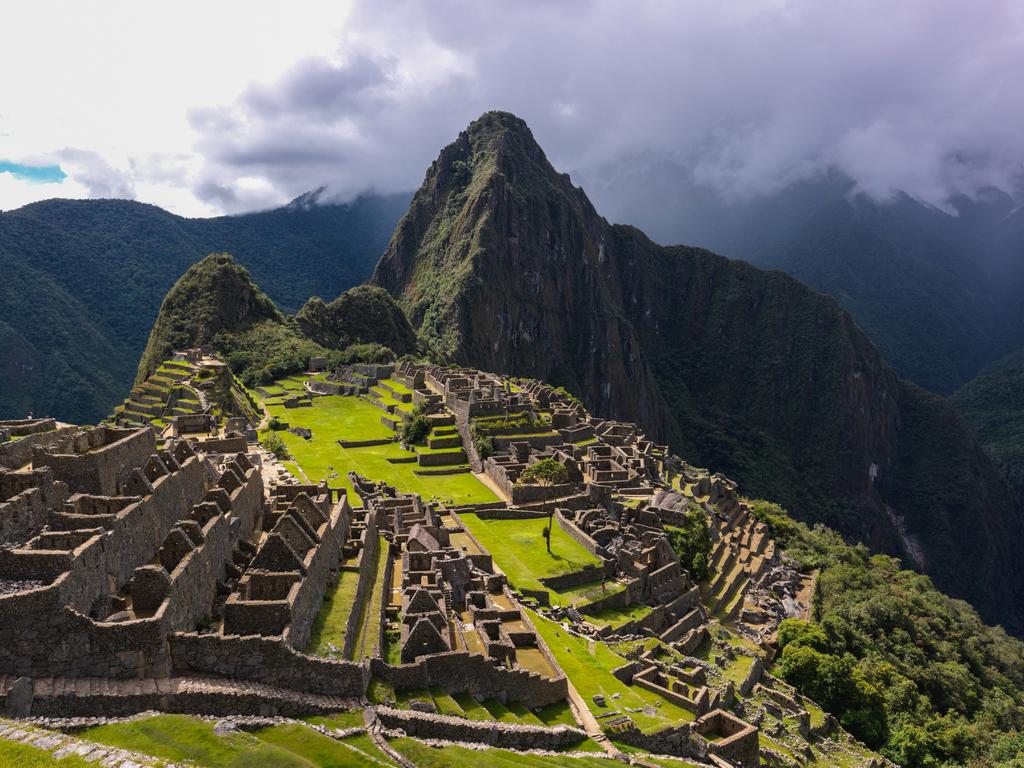

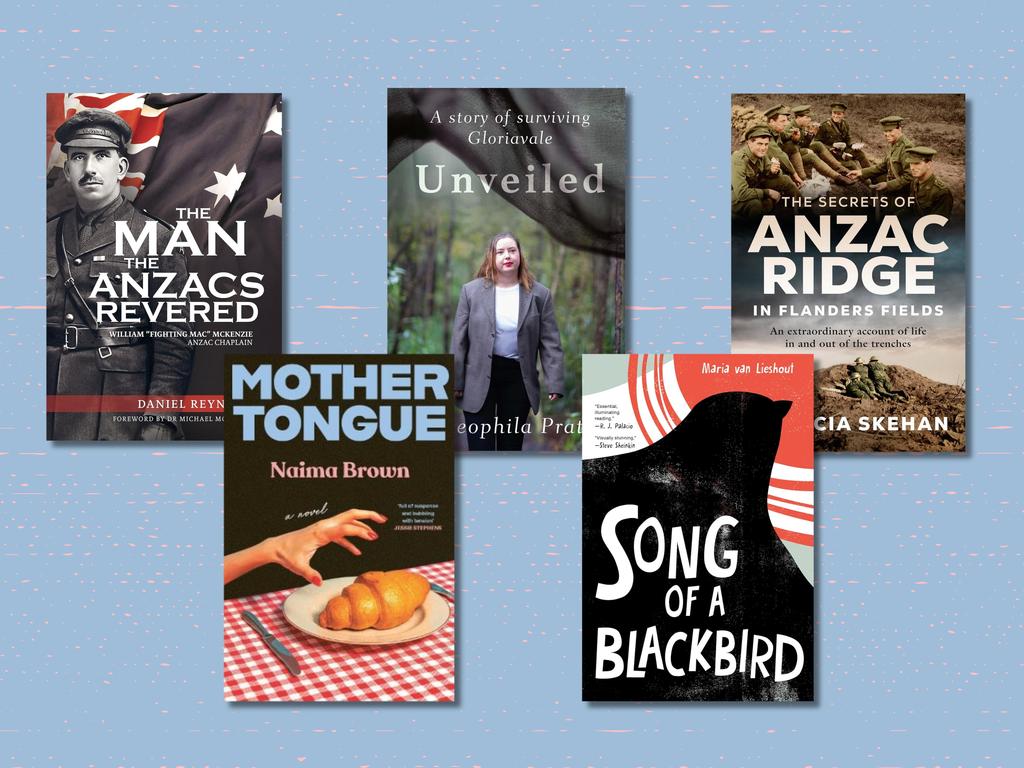
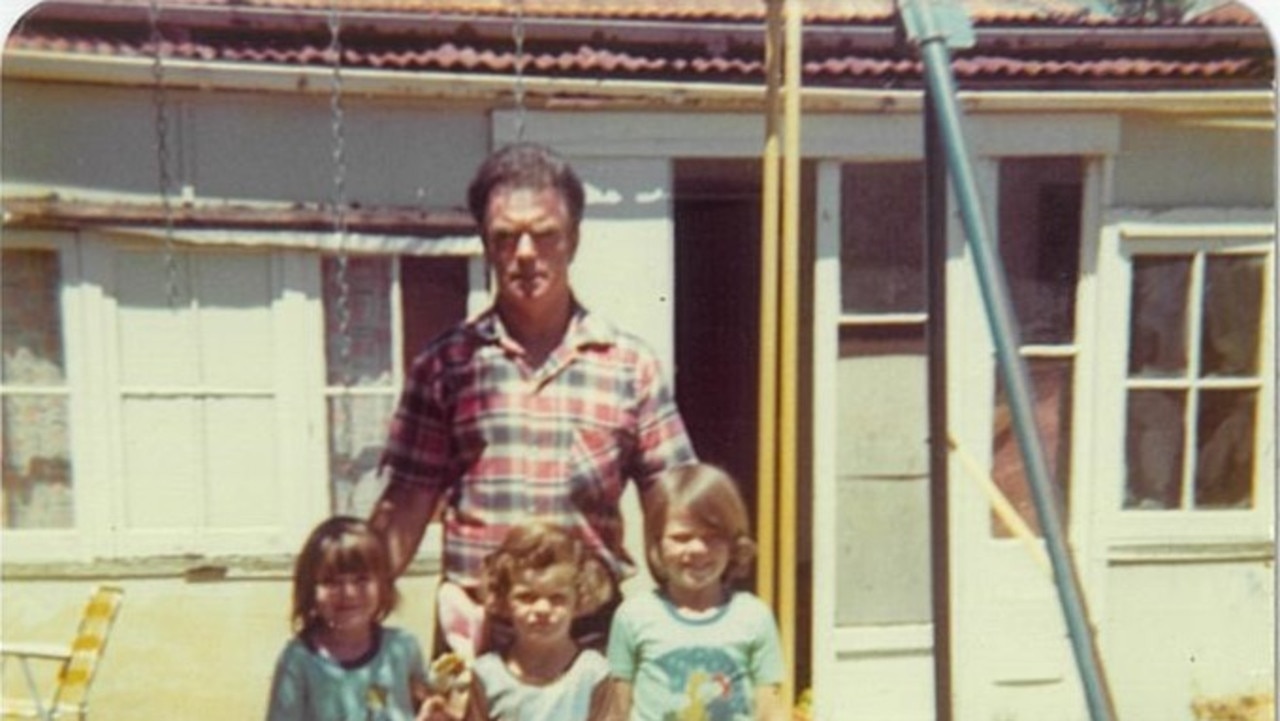
To join the conversation, please log in. Don't have an account? Register
Join the conversation, you are commenting as Logout